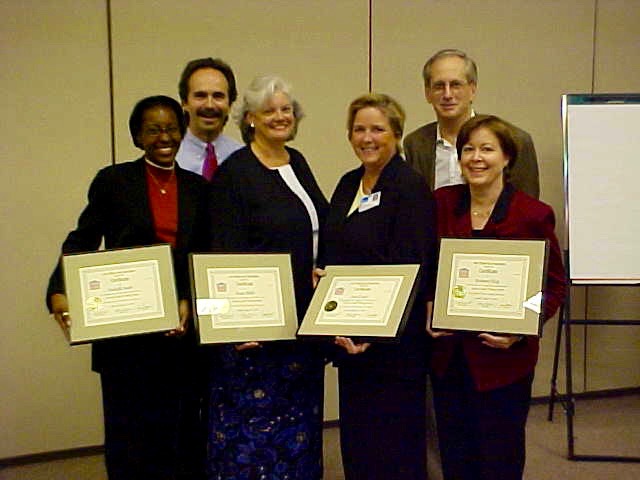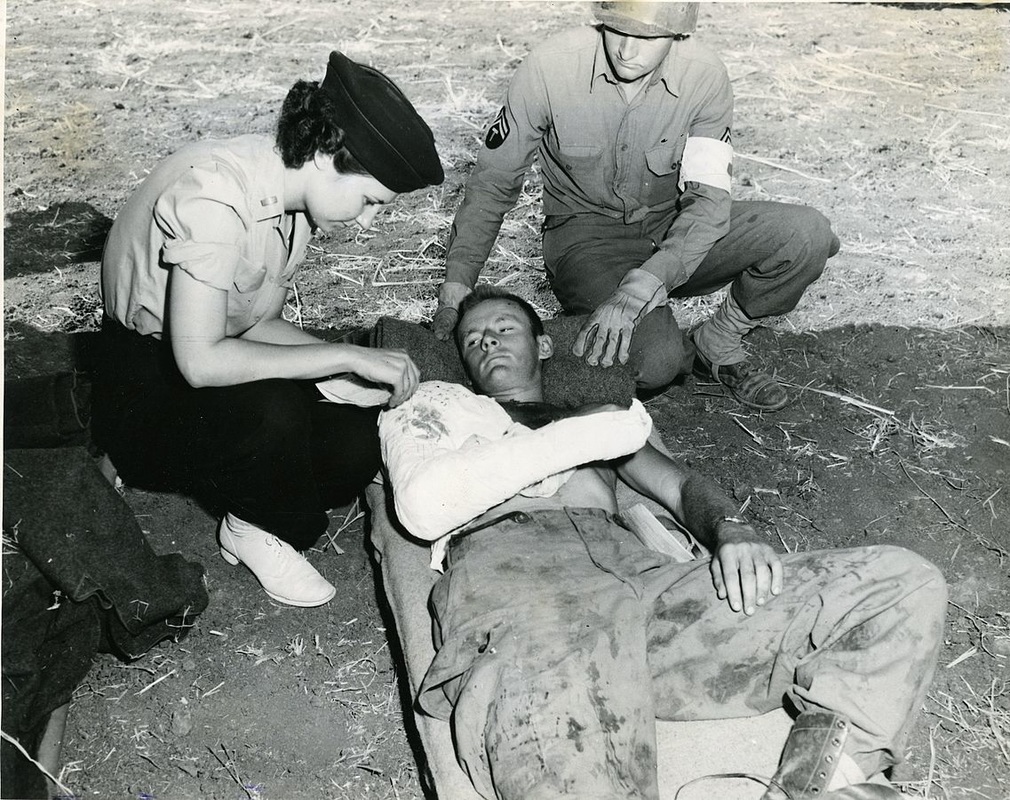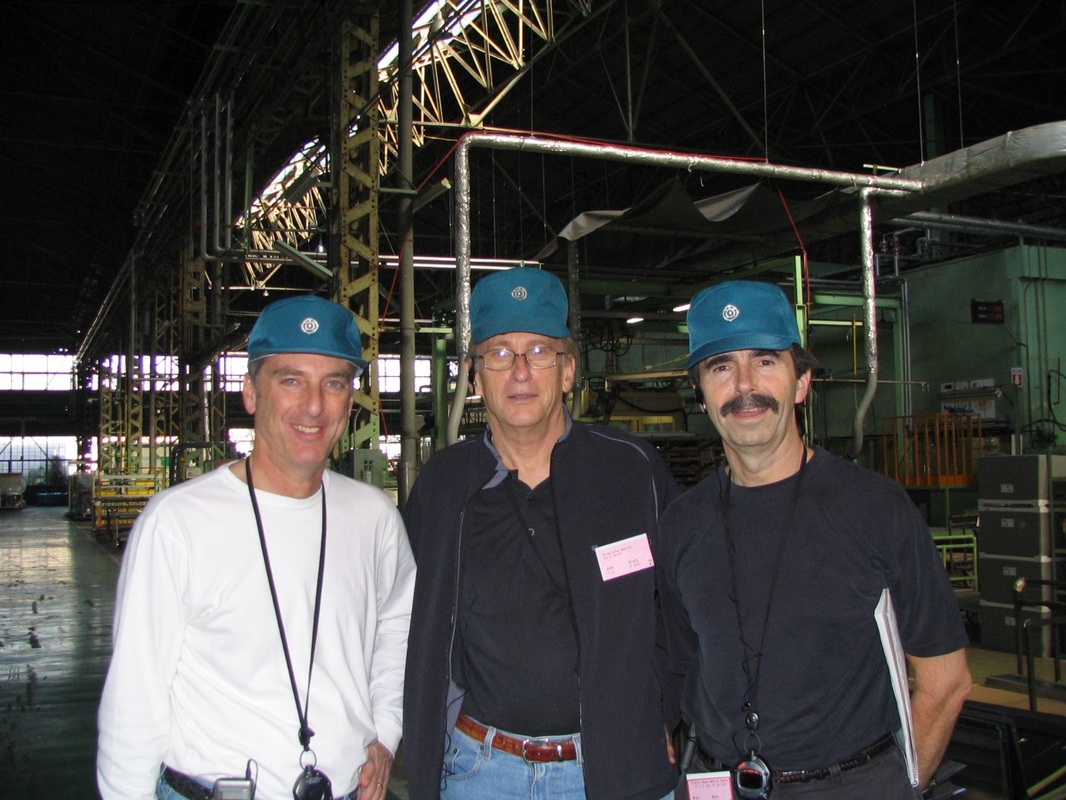Today on the blog, I’m going to lay out a vision for elevating your organization to a world-class level so you can achieve excellent, effective patient care on time and on budget.
There’s two keys to becoming the best in the business: your people’s passion and your commitment to continuous improvement.
World-class organizations know how to harness these keys to success—world-class organizations know how to aggressively focus human potential to excel far beyond all known or imagined standards of performance.
Let’s break down that statement.
There’s two keys to becoming the best in the business: your people’s passion and your commitment to continuous improvement.
World-class organizations know how to harness these keys to success—world-class organizations know how to aggressively focus human potential to excel far beyond all known or imagined standards of performance.
Let’s break down that statement.
Focusing human potential
People are your most potent resource. No machine can match the human mind’s ability to innovate. No machine can match the compassion your people bring to patient care.
People are your most potent resource. No machine can match the human mind’s ability to innovate. No machine can match the compassion your people bring to patient care.
World-class companies really go after all that their people have to offer. They tap into the intellectual, physical, spiritual and emotional strengths of their employees. They consciously and energetically depend on their nurses and doctors to innovate the best care delivery possible. They understand and believe absolutely in the value of their people.
Your staff chose healthcare because they are deeply committed to serving others. World-class organizations amplify their employees’ passion for patient care by investing back into their people. Education and training levels are kept high—they are a planned, significant part of each worker's year. Actions and policies—not just talk—reflect the value placed on people by world-class companies.
Excelling beyond known or imagined standards
To excel far beyond all known or imagined standards of performance. This statement has two parts. First: “to excel far beyond.” Not just meet, exceed, or improve upon—but to completely and emphatically surpass those standards. This means committing to continuously improve, even after you’ve met your original goals.
Your staff chose healthcare because they are deeply committed to serving others. World-class organizations amplify their employees’ passion for patient care by investing back into their people. Education and training levels are kept high—they are a planned, significant part of each worker's year. Actions and policies—not just talk—reflect the value placed on people by world-class companies.
Excelling beyond known or imagined standards
To excel far beyond all known or imagined standards of performance. This statement has two parts. First: “to excel far beyond.” Not just meet, exceed, or improve upon—but to completely and emphatically surpass those standards. This means committing to continuously improve, even after you’ve met your original goals.
Second: “all known or imagined standards.” World-class organizations don't just excel relative to established standards. They defy our imaginations with their performance. They don't just perform far better than what we know. They outperform the best we've imagined!
That means quality increases by factors of 100—or 1000. Cutting costs in half. Five times as many patients seen in the same facility—or ten times as many! Reducing supplies inventory by 90%. Doubling productivity—then doubling it again! Lead times reduced by a factor of 5 to 10. Cutting new product, service, and process design lead times in half.
Amazing, dramatic, impressive improvements—completely shattering all previous, current, or imagined standards. Again, this means supporting innovative improvements even after you achieve your original goal. Stagnancy leads to financial instability and under-performance in care quality. Don’t stop, keeping evolving. Your results will keep evolving, too.
Finally, world-class organizations excel in all aspects of performance. This means all aspects—patient satisfaction, inventory management, care innovations, staff management—you name it. World-class leaders continuously improve their whole system, never leaving a division behind.
Be sure to look out for upcoming posts on the blog. My next series will take a take a closer look at five world-class aspects of performance: customer focus, operations, product deployment, organizational design, and leadership.
That means quality increases by factors of 100—or 1000. Cutting costs in half. Five times as many patients seen in the same facility—or ten times as many! Reducing supplies inventory by 90%. Doubling productivity—then doubling it again! Lead times reduced by a factor of 5 to 10. Cutting new product, service, and process design lead times in half.
Amazing, dramatic, impressive improvements—completely shattering all previous, current, or imagined standards. Again, this means supporting innovative improvements even after you achieve your original goal. Stagnancy leads to financial instability and under-performance in care quality. Don’t stop, keeping evolving. Your results will keep evolving, too.
Finally, world-class organizations excel in all aspects of performance. This means all aspects—patient satisfaction, inventory management, care innovations, staff management—you name it. World-class leaders continuously improve their whole system, never leaving a division behind.
Be sure to look out for upcoming posts on the blog. My next series will take a take a closer look at five world-class aspects of performance: customer focus, operations, product deployment, organizational design, and leadership.







 RSS Feed
RSS Feed